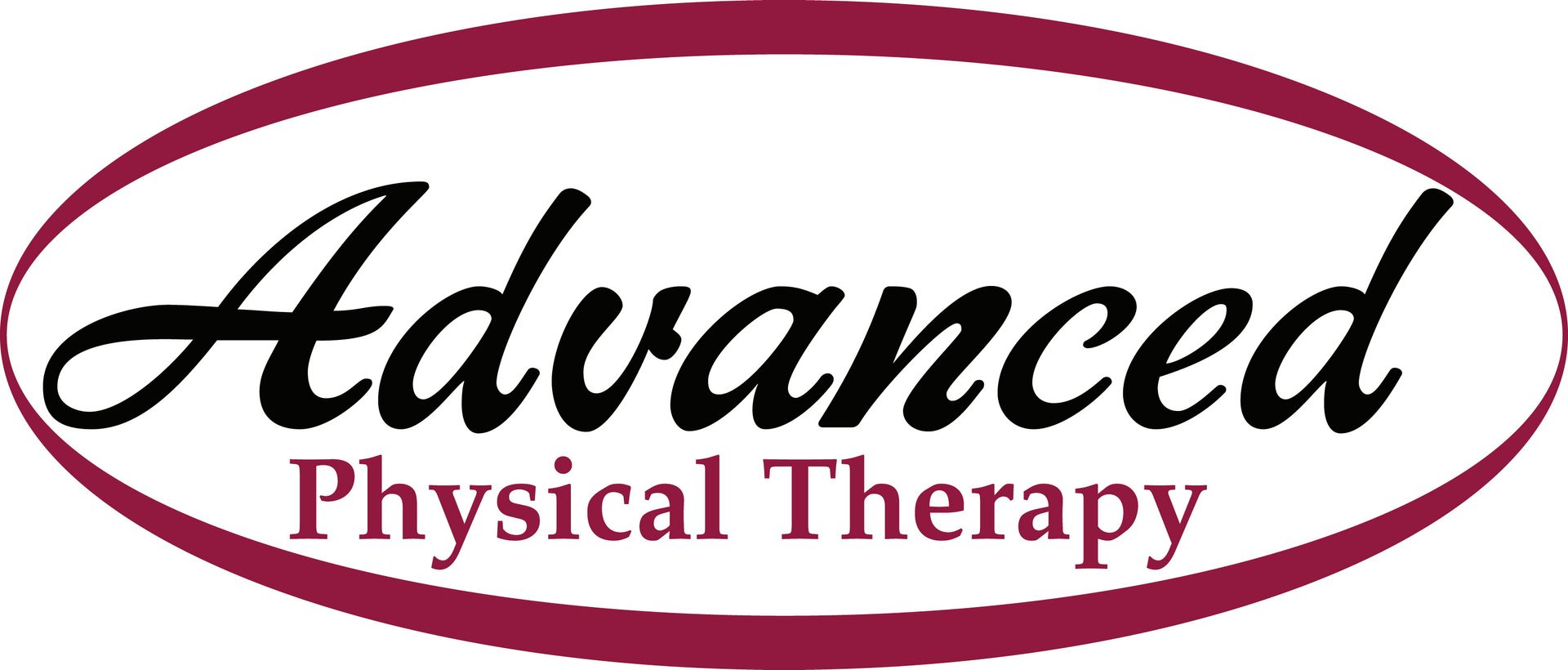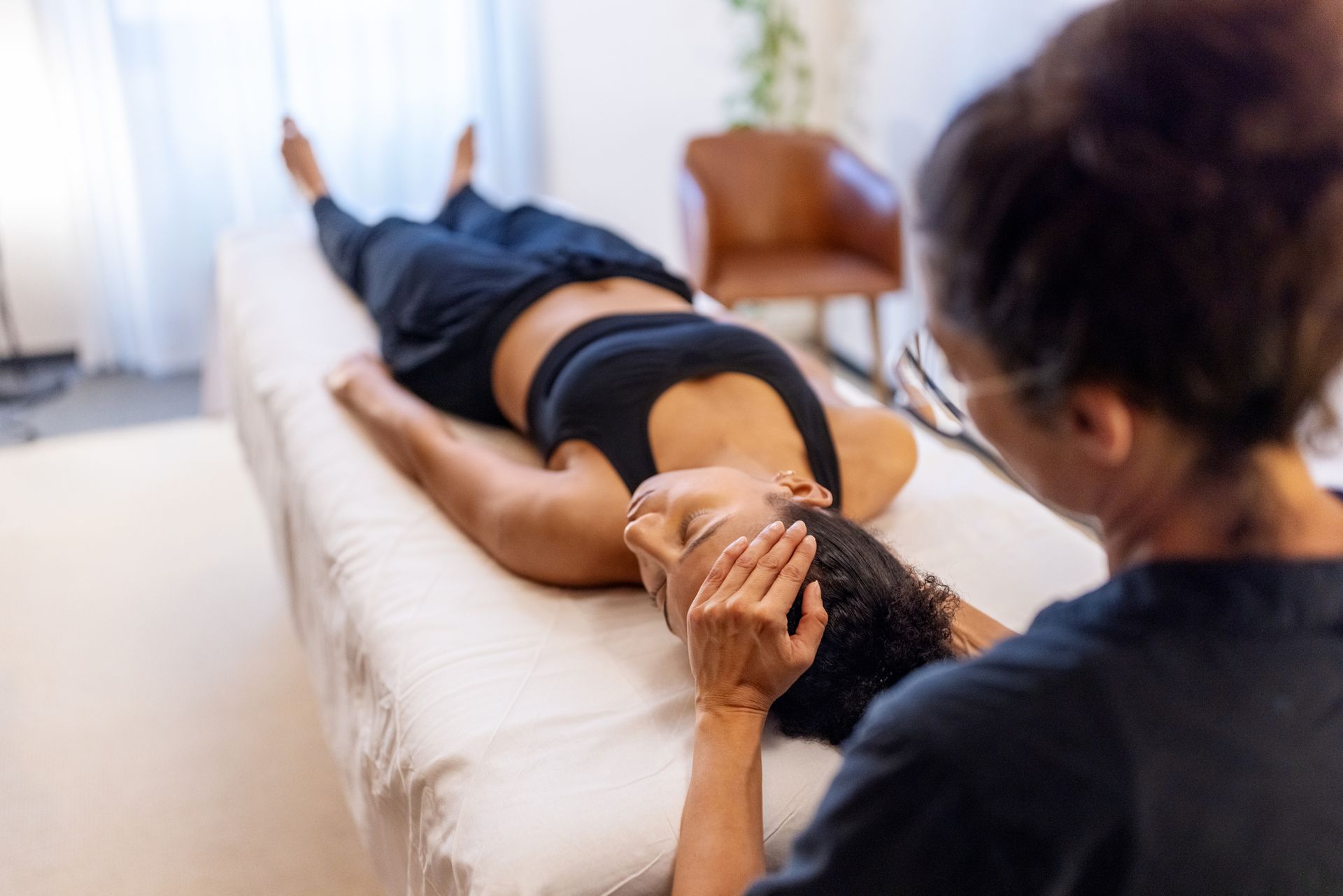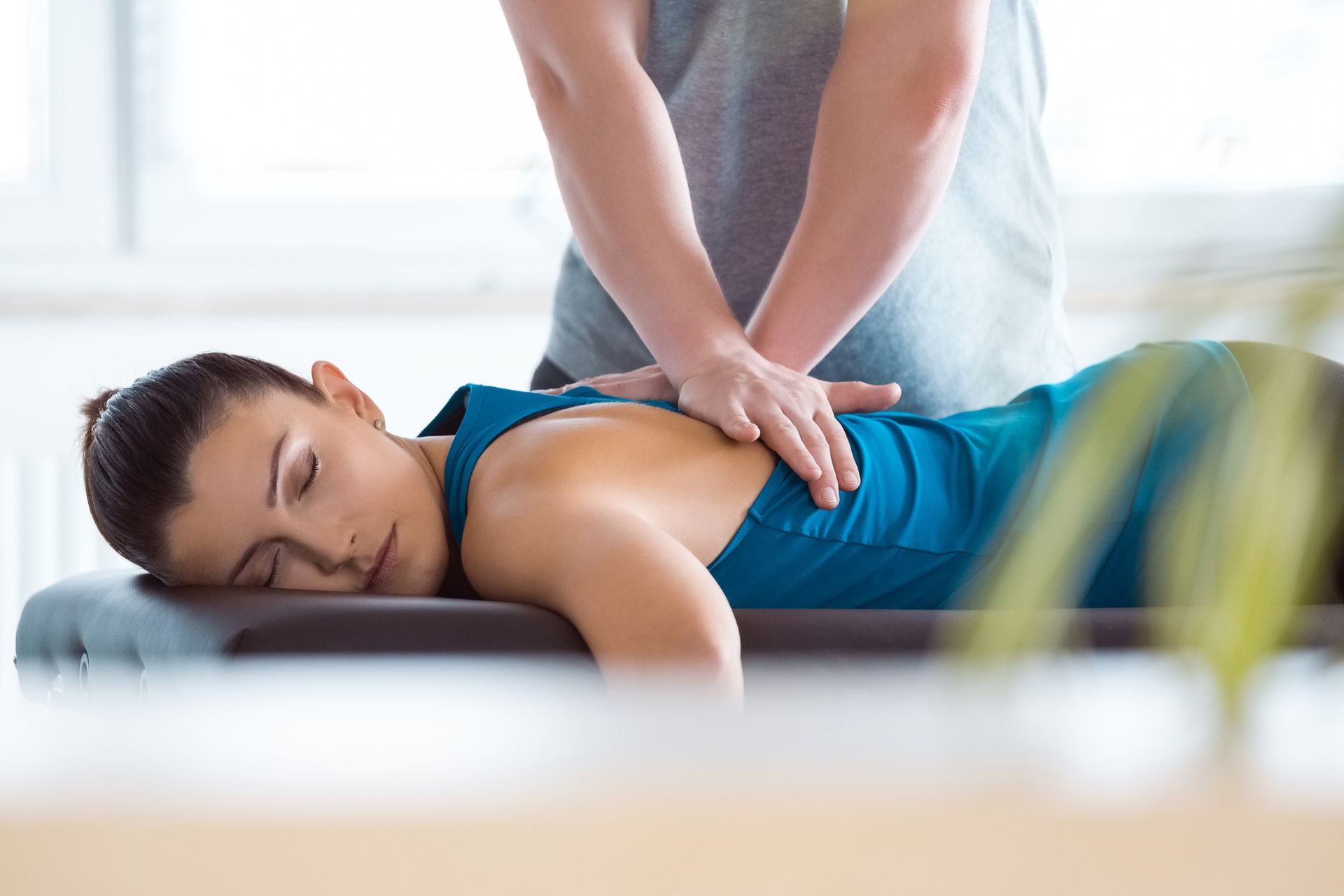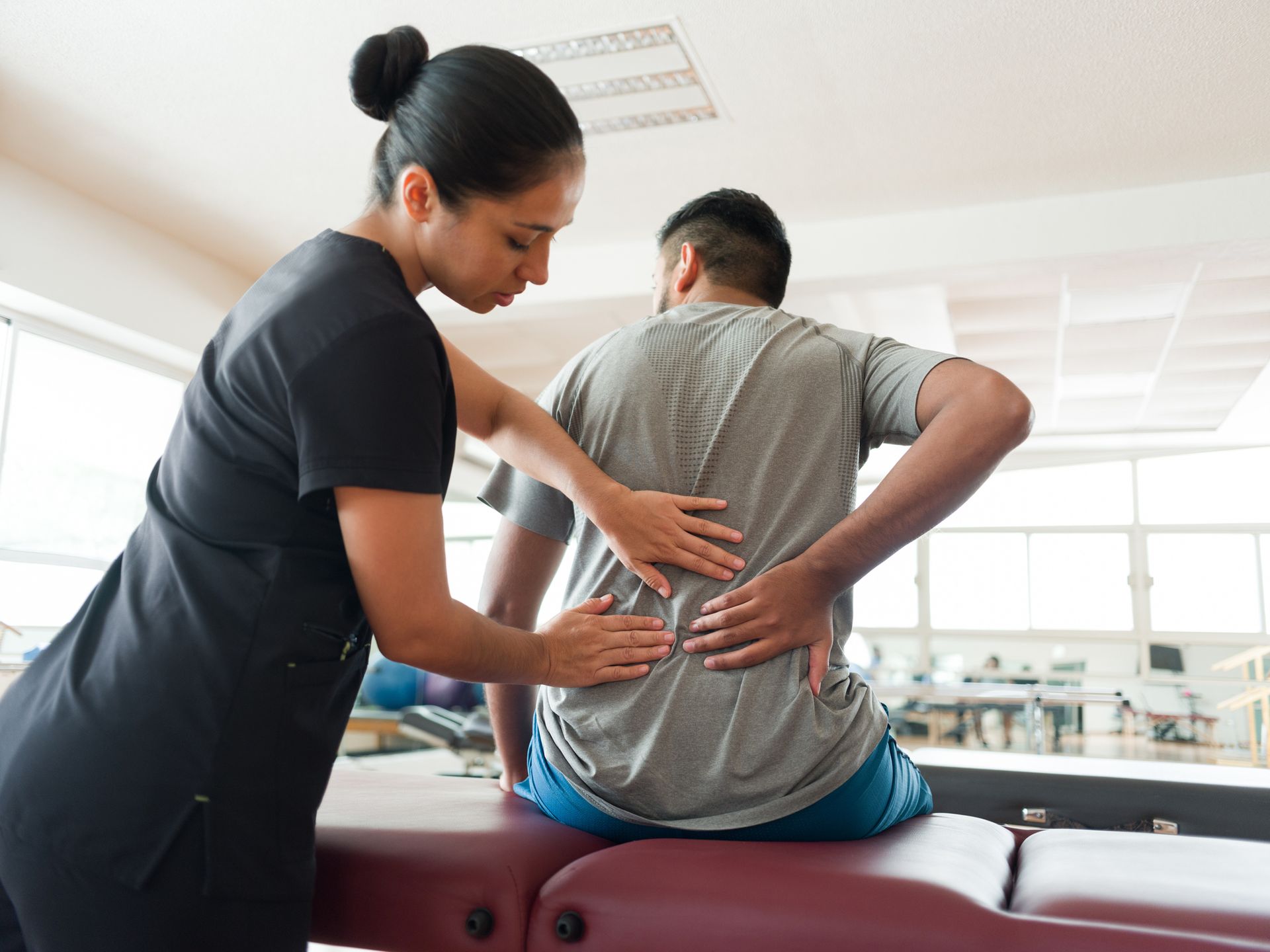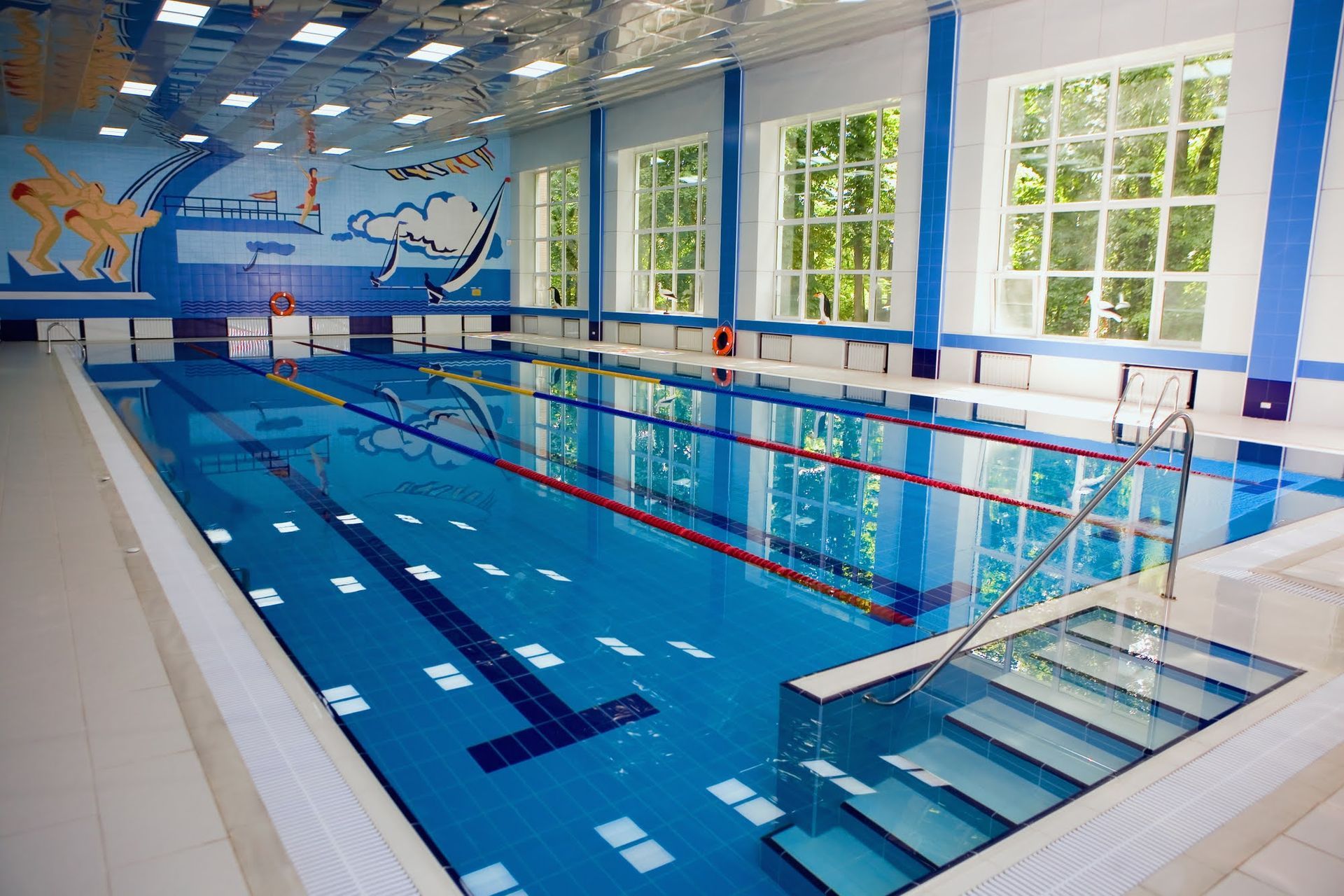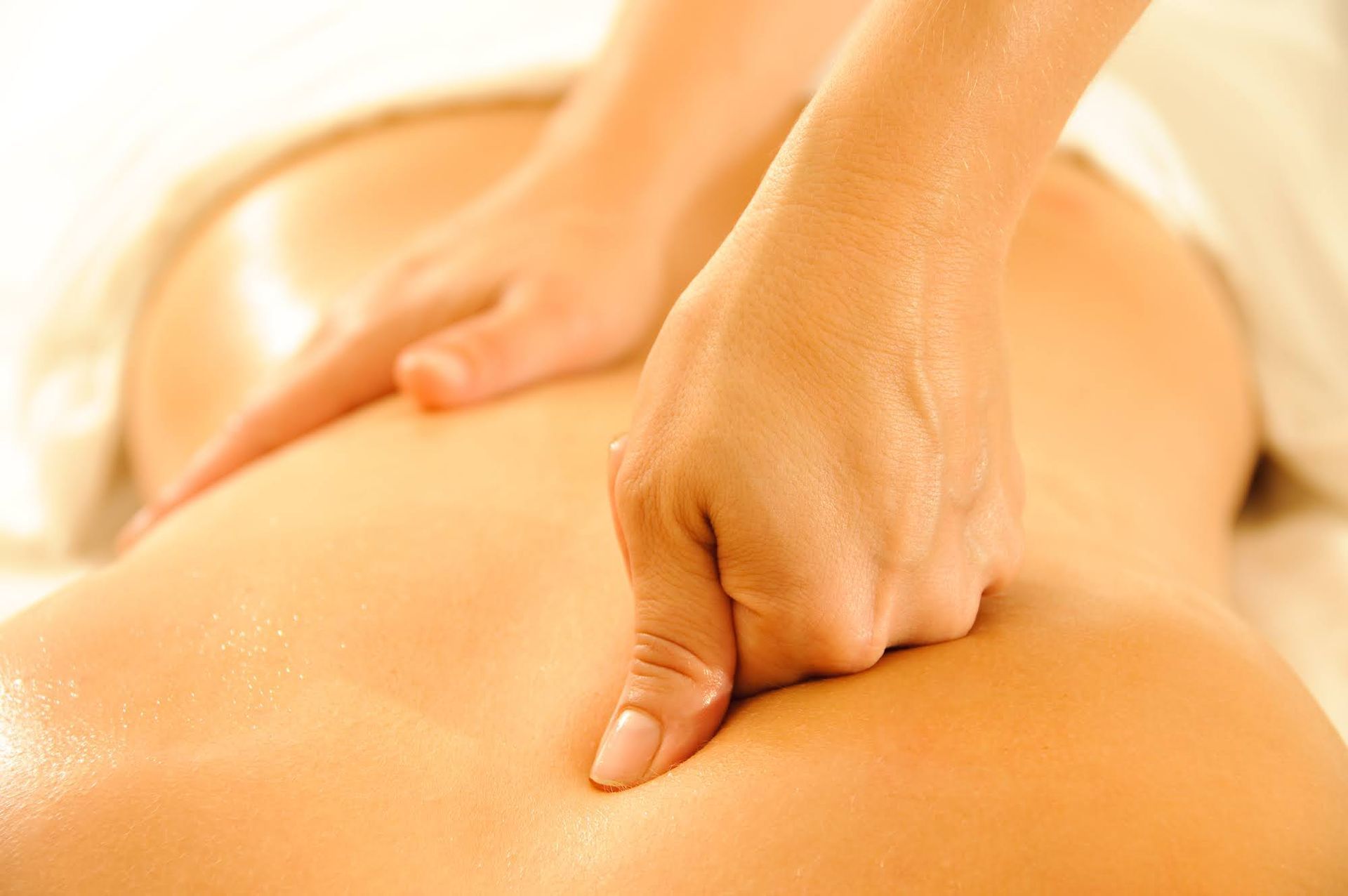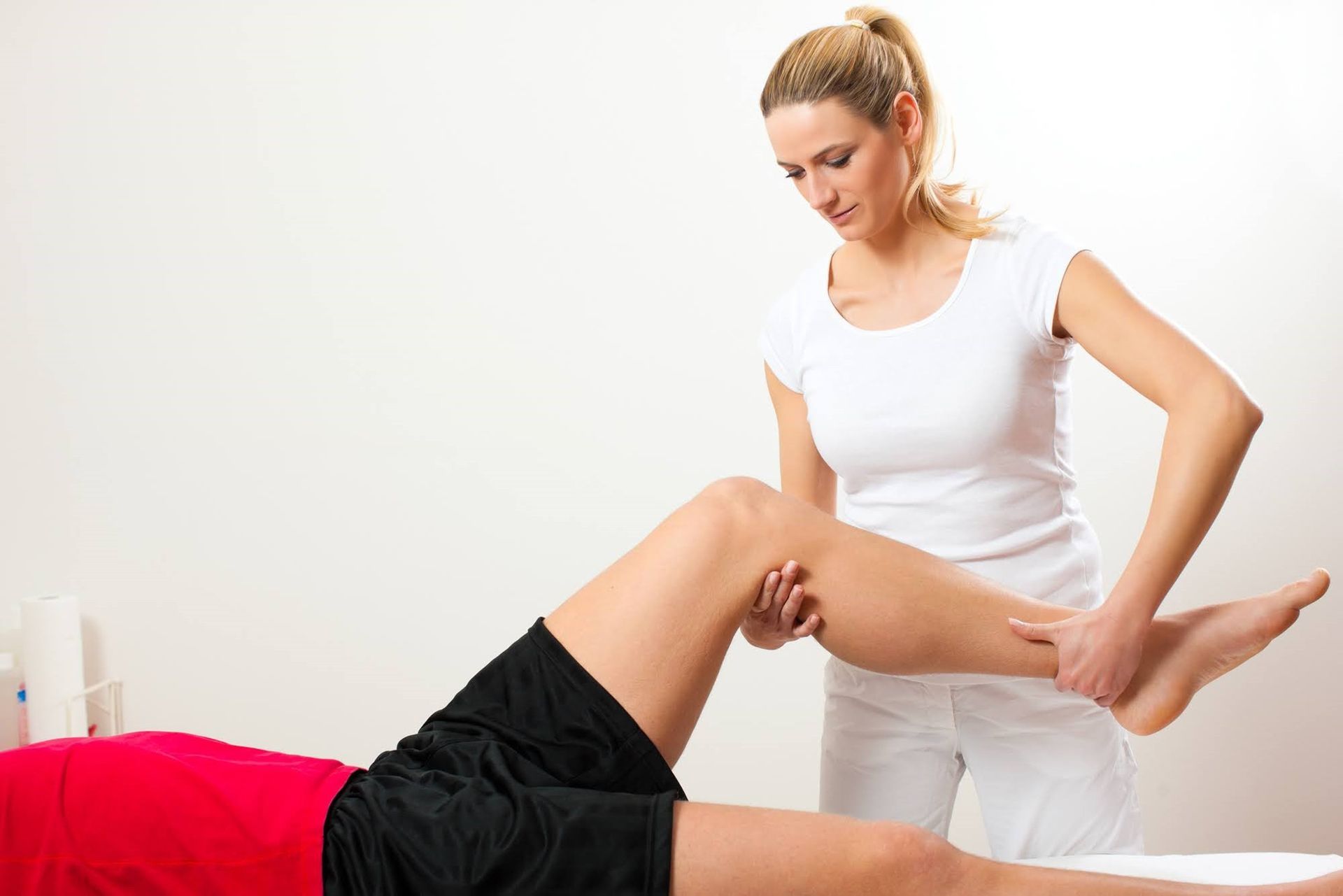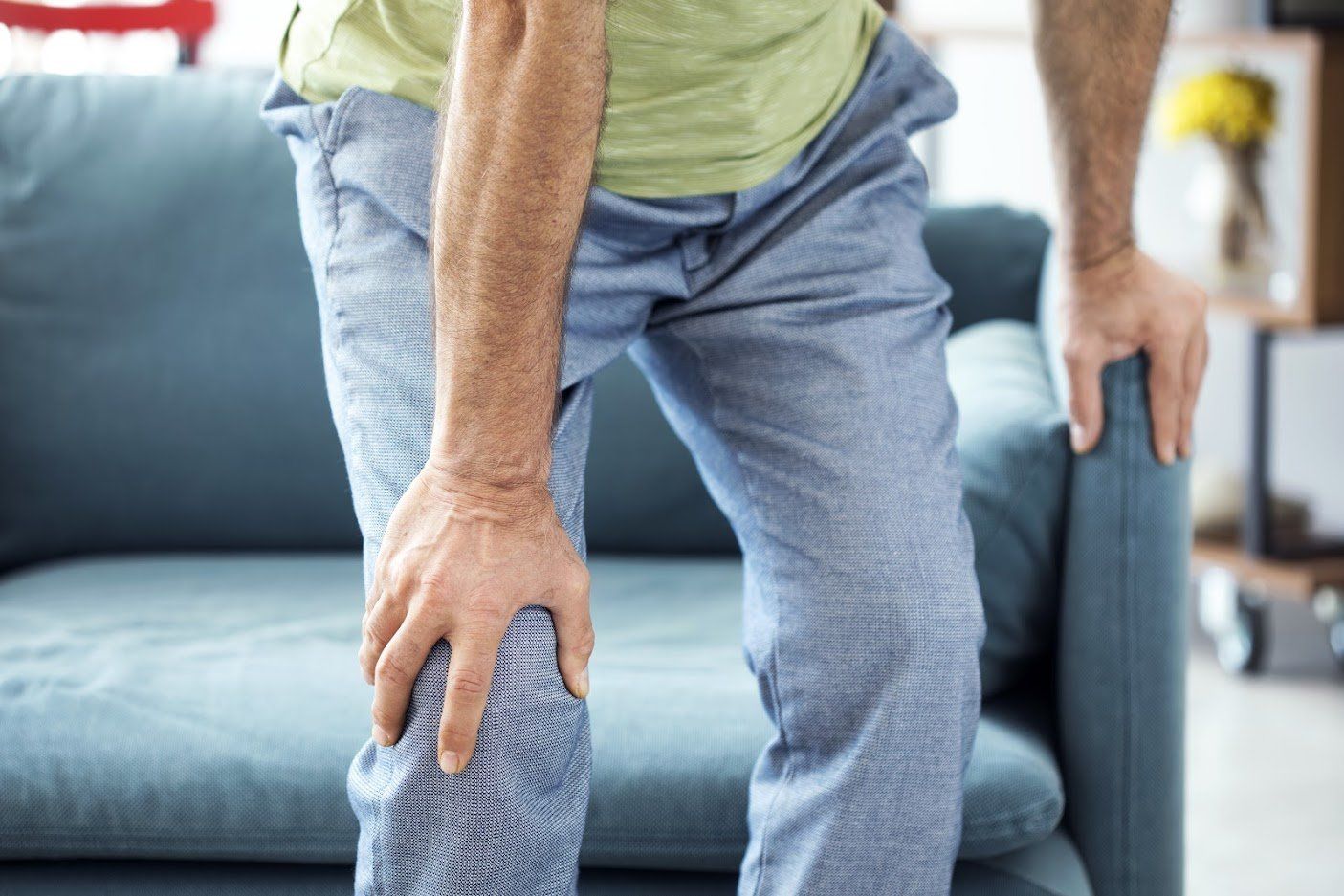Physical Therapy for Scoliosis: Questions and Answers
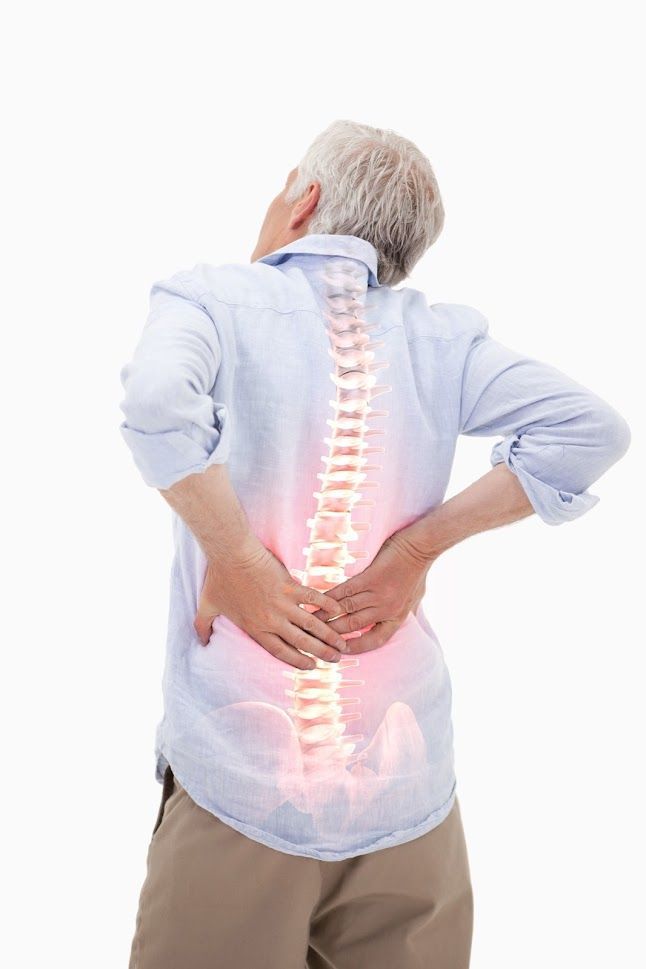
Many Americans may have scoliosis. This abnormal curvature of the spine often appears in childhood, but it can also affect adults. If you've noticed some asymmetry in your upper body alignment as well as physical discomfort such as back pain, you may need treatment to arrest the problem and its effects.
Some adults with scoliosis worry that they might only get relief from invasive surgery. However, physical therapy can prove highly effective as a non-surgical approach to scoliosis treatment. The following questions and answers on the subject may help you determine whether you should
pursue it for your condition.
What Does Scoliosis Involve?
Scoliosis occurs when the spine adopts an unusual side-to-side curvature, such as an S-curve or a C-curve. This sets it apart from other kinds of spinal problems such as lordosis and Kyphosis, which involve abnormal front-to-back curvature. You have scoliosis when the abnormal lateral curvature exceeds 10 degrees.
Doctors recognize several different types of scoliosis. Idiopathic scoliosis, or scoliosis with no clear cause, makes up most cases and tends to affect youngsters around the age of puberty. Congenital scoliosis afflicts children from birth, while neuromuscular scoliosis can affect children or adults with chronic degenerative ailments.
When Does Scoliosis Call for Treatment?
A mild case of scoliosis may never require treatment if it doesn't seem to get any worse and creates no unpleasant symptoms. Regular monitoring can detect changes in curvature. Pediatricians may recommend bracing and other techniques as a preventative measure to keep scoliosis from getting more severe during adolescence.
Children and adults alike may eventually need treatment for scoliosis symptoms above and beyond cosmetic irregularities. Examples can include breathing problems, low back pain and stiffness, and chronic muscle strain. You might also experience leg tingling, numbness, or pain from a pinched sciatic nerve.
Whether you have discomfort or not, your doctor may recommend scoliosis treatment if your condition involves a curvature of at least 20 degrees. The longer you go without treatment, the more severe the scoliosis may get. Since especially severe scoliosis may require surgical correction, the sooner you get help, the better.
How Can Physical Therapy Exercises Help?
Physical therapy exercises hold numerous benefits if you struggle with scoliosis. It can lend greater strength and flexibility to the muscles that support your back, help you incorporate healthier body mechanics into your daily life, and possibly even arrest the progress of your spinal curvature, making more aggressive treatment unnecessary.
A series of exercises known as the Schroth method aims specifically to correct or at least stabilize scoliosis. Back muscles exercises balance the muscles on both sides, correcting one-sided atrophy. Rotational breathing helps to realign the rib cage and spinal column. Mirror-based exercises make you more aware of your posture.
What Other Scoliosis Treatments Do Physical Therapists Use?
Exercise counts as only one tool in the physical therapist's arsenal against scoliosis. Bracing remains a useful option that many physical therapists recommend for more serious spinal curvatures. If your physical therapist prescribes a brace, you may need to wear it most hours of the day to see optimal results.
Physical therapy also offers a wide range of pain management techniques for individuals suffering from scoliosis-related discomfort. Your physical therapist may use any combination of massage, heat, ice, ultrasound therapy, and electrical stimulation to ease your pain. Kinesiology taping can support and soothe strained muscles.
If your spine curves in a way that causes you problems, pay a visit to Advanced Physical Therapy. Whether you have scoliosis or some other spinal abnormality, we can evaluate your condition and come up with the most sensible treatment plan for your individual needs. Contact us today to request an appointment with our team.

